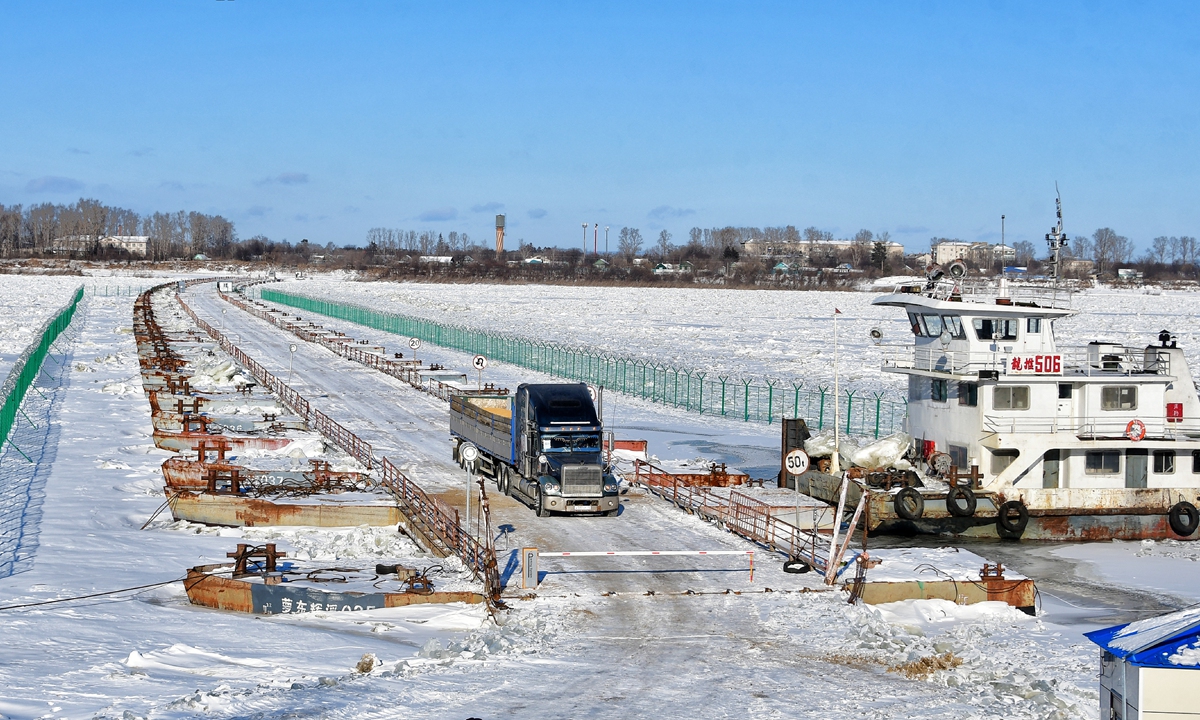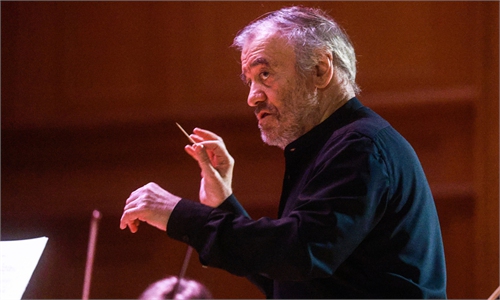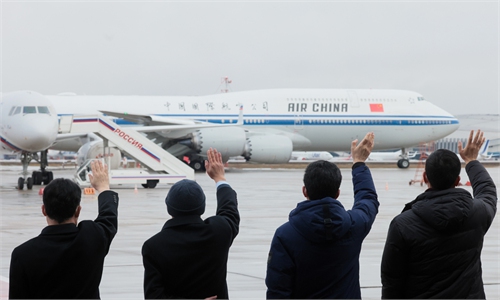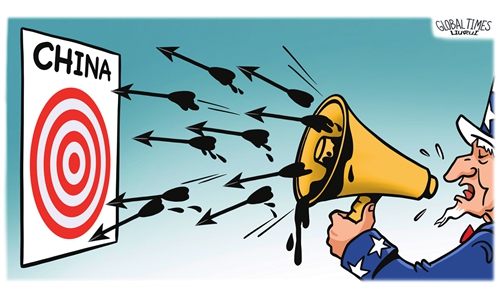China-Russia bilateral pre-2030 plan focuses on vital issues capping vast growth potential
China-Russia trade could get lift from complementarity, organic growth

The largest and the only transportation passage of its kind on the China-Russia border river Heilongjiang River in Northeast China opened to traffic on January 3, 2022. The passage, which connects Luobei in Heilongjiang and Russia's Amurzet, will tap into greater potential for bilateral ties as the two sides look to upgrade trade to a new level. Photo: cnsphoto
The Pre-2030 Development Plan on Priorities in China-Russia Economic Cooperation, a key statement issued by the two countries during the state visit of the Chinese top leader to Russia, was directed at solving bottlenecks in the cross-border flows of goods, capital and people, and should push bilateral trade to an unprecedented level, Chinese and Russian entrepreneurs said on Thursday.
They said with enough measures taken to address these issues and tap vast potential, China-Russia trade could easily reach $400 billion, nearly double the current level, by 2030.
The statement is one of the outcomes of Chinese President Xi Jinping's state visit to Russia.
"One of the key items on the Russian agenda currently is how to substitute and fill the vacuum left by fleeing of European and US brands," Chen Zhigang, general director of the Russian-Chinese Business Park in St. Petersburg, said.
Russia sent purchasing teams to a number of friendly countries to look for substitutes before China lifted epidemic controls. "But I think that the greater opportunity belongs to Chinese companies, as Chinese goods stand first in line to replace European products in terms of quality and capacity," Chen said.
Chen said 2022 fully exposed the weak points in bilateral trade, with logistics hurdles restricting trade.
Trade between China and Russia reached a record $190.27 billion in 2022, Chinese customs data showed.
"For instance, the China-Europe freight train service, at its current substantial scale, can only satisfy a mere 5 percent of market demand," Chen said, noting the handling efficiency at the border is far from satisfactory.
The pre-2030 plan covers eight aspects of China-Russia economic cooperation from finance to logistics to cooperation on specific industrial sectors such as energy and agriculture.
"The plan puts an emphasis on logistics and the discussions on the Northern Sea Route in the polar region are all aimed at addressing logistics bottlenecks," Chen said.
On the financial side, Chen said that people can expect the establishment of a joint venture bank to solve the money flow issue amid sweeping Western sanctions imposed on Russia.
Against the backdrop of a surge in China-Russia agricultural trade, the farm and food processing sectors are becoming new growth drivers.
Despite widened market access for Russian agricultural goods in the Chinese market in recent years, the agricultural cross-border trade process was far from smooth, hindered by slow customs clearance, lack of logistics infrastructure along the border, difficult trade settlement systems and changing tariff policies, Cao Jinliang, a senior executive with Joyvio, one of the leading Chinese agricultural firms based in the Russian Far East, told the Global Times on Thursday.
"It is important that the intentions on practical cooperation at the top level should be rigorously implemented at the grassroots level, promoting China-Russia agricultural cooperation toward high-quality development and injecting fresh momentum into bilateral cooperation," Cao said.
Joyvio in February sent the first ship loaded with 10,000 tons of Russian corn, a historic breakthrough in terms of cargo volume, from Russia's Zarubino Port to the East China port city of Qingdao.
Experts and entrepreneurs said with key issues such as the investment environment improved, China-Russia trade could double to $400 billion annually year.
Chen said that he is "rather optimistic" about reaching that level by 2030.
"The organic growth potential between the two countries alone could reach $300 billion. Another $100 billion could come from substituting for European and US goods that have pulled out of the Russian market. So I don't see such a threshold as hard to come by before 2030," Chen said, noting that 2023 trade could hit $250 billion given the pace of development in January and February.
Bilateral trade in the first two months of this year surged by 36.4 percent to 232.5 billion yuan ($33.59 billion), per customs data.
China's Ministry of Commerce said on Thursday that relevant authorities in the two countries are busily preparing plans to resume the China-Russia expo, an important venue to boost bilateral trade and economic cooperation.




